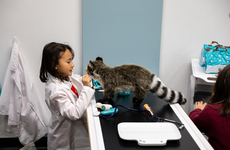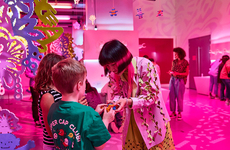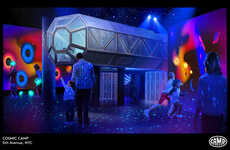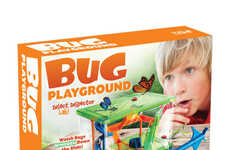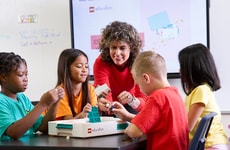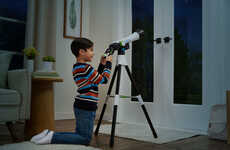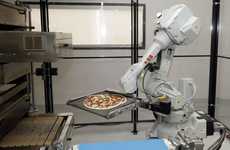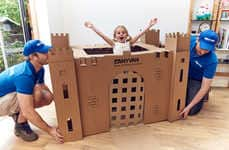
These Discovery Rooms Promote Adult-Child Interaction and Cooperation
Katherine Pendrill — April 26, 2016 — Lifestyle
References: californiasciencecenter.org
In an effort to promote bonding between young children and their parents, the California Science Center created several different Discovery Rooms that encourage interactive learning. Specifically designed for children seven years of age and under, the special rooms provide a unique space for children to explore the Science Center.
There are three Discovery Rooms in total and each is designed to support children's first science explorations. The Creative World Discovery Room explores the world of construction, while the Ecosystems Discovery Room looks at how the home acts as a habitat for humans and animals. Finally, the World of Life Discovery Room gives children a chance to interact with real-life animals such as lizards, snakes and even a boa constrictor. All of the rooms include interactive and hands-on exhibits in order to encourage self-directed exploration. The Science Center's website also explains that each room is "designed to promote adult-child interaction and cooperative learning among children."
With opportunities for independent play and family bonding, the Discovery Rooms provide a great way for parents to explore the world of science with their children.
There are three Discovery Rooms in total and each is designed to support children's first science explorations. The Creative World Discovery Room explores the world of construction, while the Ecosystems Discovery Room looks at how the home acts as a habitat for humans and animals. Finally, the World of Life Discovery Room gives children a chance to interact with real-life animals such as lizards, snakes and even a boa constrictor. All of the rooms include interactive and hands-on exhibits in order to encourage self-directed exploration. The Science Center's website also explains that each room is "designed to promote adult-child interaction and cooperative learning among children."
With opportunities for independent play and family bonding, the Discovery Rooms provide a great way for parents to explore the world of science with their children.
Trend Themes
1. Interactive Learning - Creating interactive and hands-on exhibits that encourage self-directed exploration in science education.
2. Adult-child Interaction - Designing spaces and experiences that promote bonding and cooperative learning between parents and children.
3. Multi-sensory Education - Incorporating tactile, visual, and auditory elements into science exhibits to enhance learning engagement and retention.
Industry Implications
1. Education - Integrating interactive learning methods and spaces into school curricula and programs.
2. Family Entertainment - Developing interactive exhibits and experiences that cater to family bonding and education.
3. Tourism and Museums - Creating immersive and educational attractions that offer interactive science experiences for visitors of all ages.
4.1
Score
Popularity
Activity
Freshness

